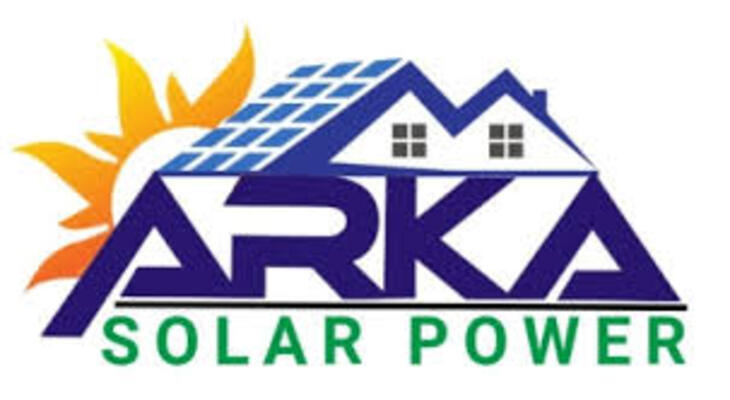Worried about changes in your chest and wondering how to tell if you have gyno? You’re not alone. Gynecomastia, often shortened to “gyno,” is more common than most people realize. It affects many males—teens and adults alike—and can cause both physical discomfort and emotional stress.
Whether you’re feeling lumps under your chest, noticing swelling, or just concerned about your appearance, this guide will help you understand the signs, causes, and solutions for gyno.
What Is Gyno (Gynecomastia)?
Gynecomastia is the medical term for the enlargement of breast tissue in males. It’s caused by a hormonal imbalance—when estrogen (the female hormone) levels increase relative to testosterone (the male hormone).
This condition is different from simply having excess fat in the chest area (known as pseudogynecomastia or chest fat). Gyno specifically refers to firm, glandular tissue growth, not just soft fat.
Why Does Gyno Happen?
Hormones control a lot in the human body. When the balance between testosterone and estrogen is disrupted, estrogen can stimulate breast tissue growth in men.
Common causes include:
- Puberty (temporary hormone fluctuations)
- Aging
- Steroid or testosterone use
- Certain medications
- Medical conditions (like liver or kidney disease)
- Substance use (alcohol, marijuana, some herbal supplements)
How to Tell If You Have Gyno
If you’re wondering how to tell if you have gyno, here are the main signs and symptoms to look for:
1. Firm Lump Under the Nipple
This is often the first and most noticeable symptom. Unlike fat, which feels soft, gyno tissue is typically firm or rubbery and can be tender to the touch.
2. Swollen Chest or Breast Area
You might notice swelling on one or both sides of your chest. It can appear as a small puffiness around the nipple or a larger, rounder chest shape.
3. Pain or Tenderness
Some people experience discomfort, sensitivity, or even mild pain in the breast area—especially when touched.
4. Nipple Changes
Gyno can cause the nipples to protrude more, become puffy, or take on a more “pointed” appearance. The surrounding area (areola) might also get slightly larger.
5. Asymmetrical Chest
In some cases, only one side is affected, which can make your chest look uneven.
Gyno vs. Chest Fat: What’s the Difference?
A lot of people confuse gyno with chest fat, especially if they’re carrying extra weight. Here’s how to tell the difference:
| Feature | Gyno | Chest Fat |
|---|---|---|
| Feels Like | Firm or rubbery lump | Soft and squishy |
| Location | Directly behind nipple | Spread across the chest |
| Pain | May be tender or sore | Usually painless |
| Exercise Impact | Doesn’t go away with exercise | May reduce with diet/exercise |
Self-Check: Do You Have Gyno?
If you’re unsure, try this quick self-check:
- Stand in front of a mirror.
- Look for swelling directly under or around your nipples.
- Gently press the area—do you feel a rubbery lump?
- Check if the area is tender or sore.
- Compare both sides—gyno is often uneven.
If your answers are mostly “yes,” there’s a chance you have gyno. But for a proper diagnosis, a visit to a healthcare provider is recommended.
When to See a Doctor
If you notice:
- A hard lump under your chest
- Rapid growth
- Pain that worsens
- Nipple discharge
- Gyno symptoms that last more than 6 months
…then it’s important to consult a healthcare professional. They can perform a physical exam, order blood tests, or use imaging like ultrasound to confirm whether it’s gynecomastia or another condition.
Treatment Options for Gyno
1. Observation (Wait and See)
If you’re a teenager or just started noticing symptoms, it may go away on its own. Puberty-related gyno often resolves within a year or two.
2. Lifestyle Changes
- Reduce alcohol and marijuana use
- Avoid anabolic steroids
- Lose weight through diet and exercise (helps if chest fat is involved)
3. Medication
In some cases, medications like tamoxifen or clomiphene may help reduce breast tissue.
4. Surgery
For severe or long-lasting cases, gynecomastia surgery (male breast reduction) is an option. It removes the glandular tissue and fat to create a flatter chest.
Can Gyno Be Prevented?
Not always, but some tips may help reduce your risk:
- Avoid hormone-altering substances
- Monitor prescription medications with side effects
- Maintain a healthy weight
- Stay active and eat a balanced diet
Living with Gyno: Mental and Emotional Health
For many men, gyno isn’t just a physical issue—it can affect self-esteem, body image, and confidence, especially in social settings or at the beach. Know that you’re not alone, and options are available. Seeking treatment or support can make a big difference in your quality of life.
Frequently Asked Questions (FAQs)
1. How do I know if it’s gyno or just fat?
Gyno feels firm or rubbery and sits behind the nipple. Chest fat is soft, squishy, and spread across the chest. Only a doctor can confirm for sure.
2. Can gyno go away on its own?
Yes, especially in teens going through puberty. It often resolves within 6 months to 2 years. If it lasts longer, consult a doctor.
3. Can exercise get rid of gyno?
Exercise helps reduce fat, but it won’t remove glandular tissue. True gynecomastia may require surgery or medical treatment.
4. Does smoking weed cause gyno?
Marijuana may affect hormone levels and contribute to gyno in some individuals. If you’re concerned, discuss with your doctor.
5. Is gyno dangerous?
Gynecomastia itself is not dangerous, but it could indicate an underlying health issue. Always check with a doctor if you notice breast changes.
If you’d like a schema markup, featured snippet, or social media preview caption to help your post rank better, I’d be happy to add that too!


